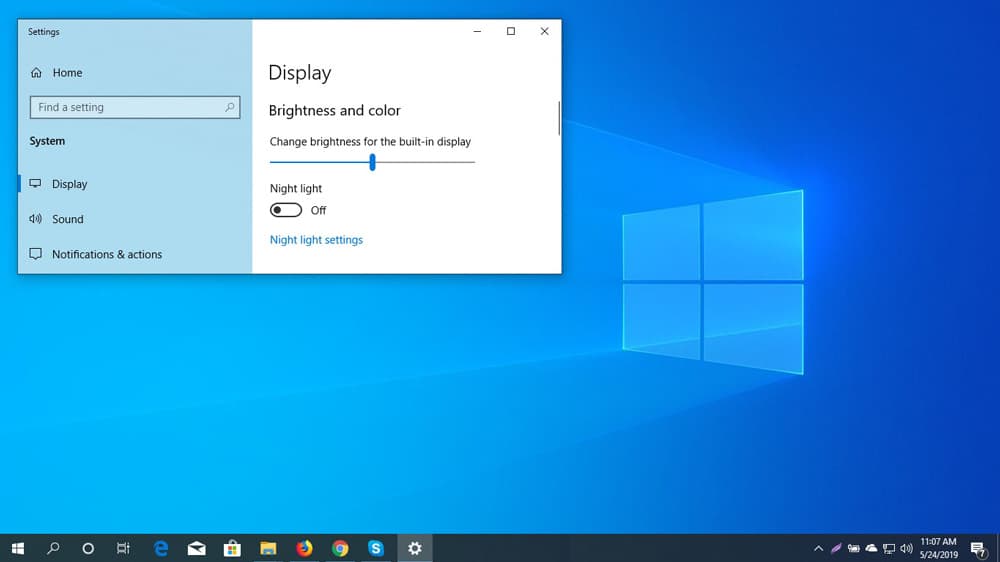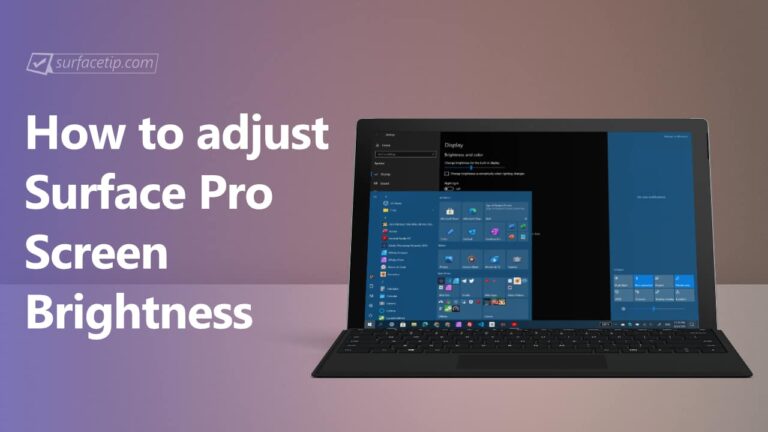

If you are using a touch-screen enabled device, swipe in from the right edge of your screen.Close the window when you are happy with the brightness.Use the mouse to slide the control left or right to decrease or increase the brightness.At the bottom of the window, you will see the Screen brightness control.


If using Icon view, select the Power Options icon.If using Category view select the System and Security link.Click Start and select the Control Panel.Let’s take a look at how to perform this step in Windows 7, 8 and 10. The most recent versions of Microsoft Windows provide a method to adjust the brightness of your computer screen. On top of the added health benefits, you will also find the correct brightness setting will make text easier to read and images appear sharper. You may find that prolonged or extended periods working at your computer can cause issues such as eye strain and headache. One aspect which should be adjusted is the brightness of your computer monitor. You may have to change /sys/class/backlight/intel_backlight/brightness to whatever blacklight device you are currently using.Īnd of course, the script must be started at boot.With us spending more and more time at our computer screens, it’s important that you adjust various aspects of your working environment to minimise issues relating to Work Health & Safety (WHS), formerly known in Australia as Occupational Health & Safety (OHS). = #!/bin/bash B=/sys/class/backlight/intel_backlight/brightness if then inotifywait -q -e close_write -m $B | while read -r filename event do V=$(cat $B) if then echo 1 > $B fi done fi = I could not find a proper solution to that problem so a few months ago, I wrote a small daemon script that monitors the value reported by the backlight device are reset it to 1 when it falls to 0 (must be run a root) Intel) the minimum value of 0 produces a completely black screen which can be quite annoying. Unfortunately, for some graphic cards (e.g. HDMI-1 disconnected (normal left inverted right x axis y axis)ĭP-1 disconnected (normal left inverted right x axis y axis)Īnother thing that people should be aware of is that the expected behavior is that the minimum brightness value should not very dark but still visible. VGA-1 disconnected (normal left inverted right x axis y axis) LVDS-1 connected primary 1366x768+0+0 (normal left inverted right x axis y axis) 344mm x 194mm First, we need to check the current state of system's display. Adjust Monitor Brightness From Command Line In Linuxġ. Using Xrandr, we can also display the current state of the system screen, change or set the resolution, disable disconnected outputs and enable connected ones.Īnd the good thing is Xrandr comes pre-installed with most Linux distributions, so we don't have to bother with installing additional tools/apps. The xrandr program is used to set the size, orientation and/or reflection of the outputs for a screen. While looking for an alternative ways, I learned that we can easily adjust monitor brightness with a command line utility named "xrandr". Another disadvantage is the Brightness Controller app is compatible with Python2 only. But, Brightness controller's development seems to be stalled for more than a year and I am not sure whether it will work with recent Ubuntu versions.


 0 kommentar(er)
0 kommentar(er)
